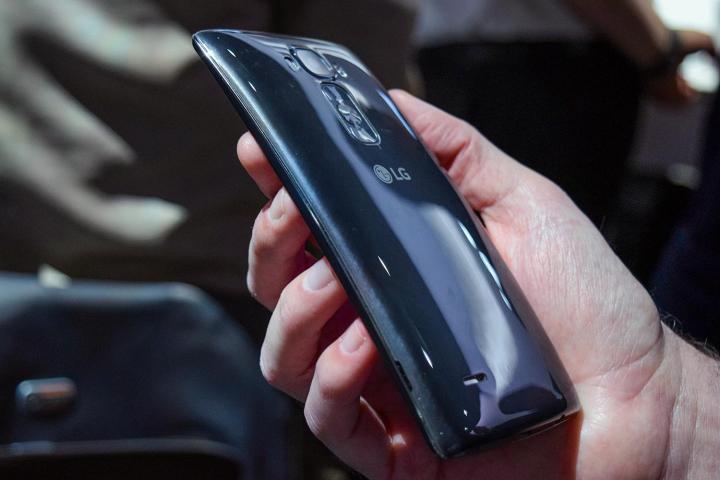
However, LG is having no such issues, according to Dr. Ram-chan Woo, the VP of Mobile Product Planning for the company. LG put the Snapdragon 810 inside the exciting new G Flex 2 smartphone, and in an interview with Reuters during the Korean unveiling of the phone, Dr. Woo said the processor generates less heat than other, existing devices.
“I am very much aware of the various concerns in the market about the Snapdragon 810,” he said, “but the chip’s performance is quite satisfactory.” He later added, “I don’t understand why there is an issue over heat.”
During our hands-on time with the phone, we didn’t notice any overheating, despite the screen being on almost continuously for at least an hour. A full evaluation will be needed before passing judgement though. Samsung’s reported woes may have nothing to do with the chip itself, and more to do with the rumored use of a metal chassis on the Galaxy S6. It’s relatively new territory for the company, and may have caused some unexpected engineering challenges.
The G Flex 2 hasn’t gone on sale yet, but Reuters states the phone will be released in South Korea on January 30, and while U.S. networks have confirmed they will offer the phone, there’s no word on when that will be, or how much it will cost.
Editors' Recommendations
- Qualcomm’s Snapdragon X70 modem pushes 5G to new heights
- Samsung says Galaxy Tab S6 5G launch is ‘coming soon’

